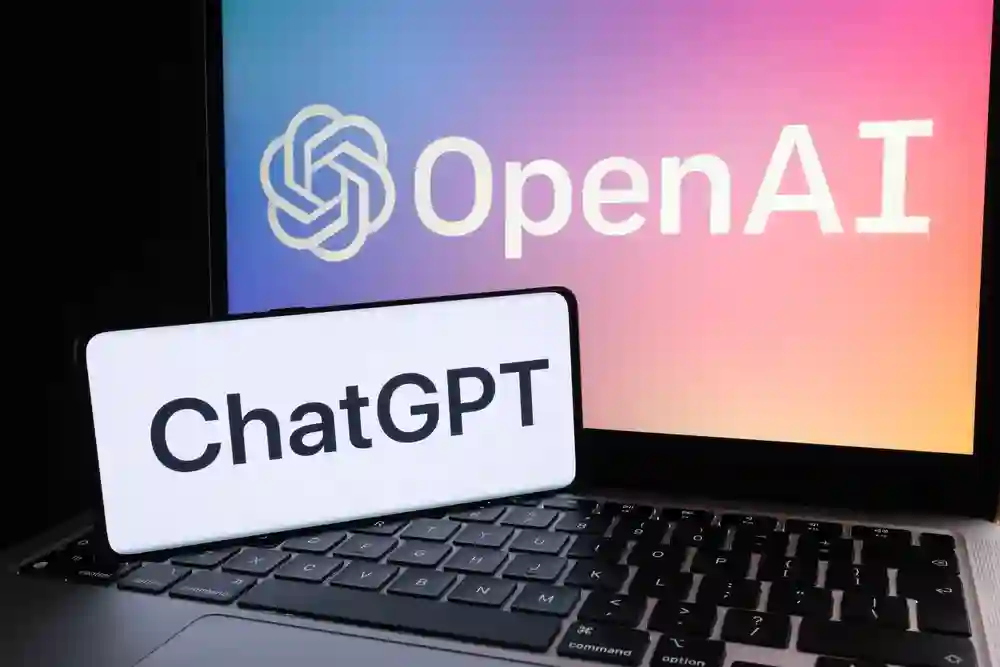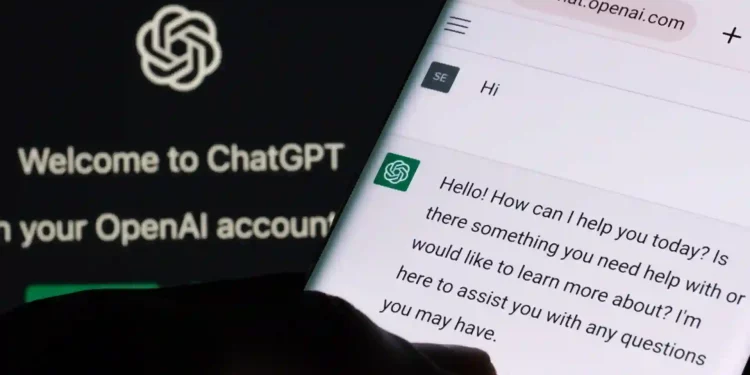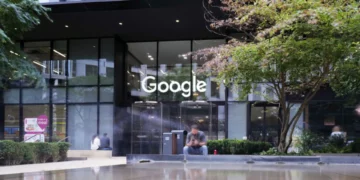The world is rapidly evolving, and technology is becoming ever more integrated into our lives. With the advent of AI-assisted conversation, it has never been easier to access information and services quickly and efficiently. The creep of Artificial Intelligence (AI) into our lives has been a matter of ease and convenience with technology changing incessantly at expanding speeds.
Artificial Intelligence definitely has pushed the world forward so much so that a life without technology has pretty much become impossible, while on the other hand, the global fear of AI taking over the human race and civilization has been a widely discussed area in and out through the years. Once again, the world of Artificial Intelligence has become the center of attention for the past few months and ChatGPT is the new protagonist in the field that everyone’s keen on experimenting with.

What is ChatGPT?
Open AI, an AI research laboratory based in California released its much-discussed ChatGPT in November 2022. ChatGPT is a chatbot made using the firm’s GPT-3. This 3 or GPT-3 is the most futuristic language processing AI model developed by the firm. GPT 3 provides the user with the capacity to give a trained AI a large variety of worded prompts which can be requested for an essay on the topic of the user’s choice, prompts could be in the form of questions or any other form of worded requests.
The latest innovation in AI is capable of producing human-like responses to the queries of the user, language modeling, capable of language translations, and generating text for applications like chatbots. This new bot wonder had piqued the user’s curiosity so much so that in under a week of its release, the bot got used by more than a million users according to the Open AI CEO. Corresponding to the statistics as recent as January, ChatGPT averages nearly 13 million visitors per day. It is one of the most powerful language-processing AI models with more than 170 billion parameters.
ChatGPT launched on wednesday. today it crossed 1 million users!
— Sam Altman (@sama) December 5, 2022
According to Reuters reports, ChatGPT reached 100 million users within two months of its launch and in January alone ChatGPT had around 500 million visits from 100 million users.
ChatGPT and similar bots could be seen as language models. Language models are basically the fundamental technology that powers a chatbot. What makes ChatGPT different from the other chatbots that existed to date is that the tool is trained with a wide variety of data while most of the chatbots available are customized toward fulfilling specific tasks.
ChatGPT is a part of the expanding field of AI known as Generative AI which is being hailed as the next era-defining technological innovation. In simple words, Generative AI is artificial intelligence that is capable of creating new content rather than analyzing new data. According to the Harvard Business Review, the software uses complicated machine-learning models to predict the next word based on previous word sequences. Among these, the most innovative is the text-to-image AI model, similar to Open AI’s DALL-E which generates original images based on written inputs.
It is a realistic conversational language system that answers follow-up queries, disproves false grounds, concedes its inaccuracies, and denies unsuitable requests. It is “designed in such a way that you just speak with it in a web browser as if you were slacking with a colleague or dealing with a customer care agent on a website,” according to TechCrunch, and is based on natural language-generating technology.
How does ChatGPT work?
ChatGPT takes in the request or word prompts of the user and gives immediate answers. Initially, the bot was trained using the text database from the internet which included data obtained from pieces of writing from the internet such as books, articles, Wikipedia, etc. More than 200 billion words were supplied into the system. The bot basically works on probability and guesses what the next word in a sentence would be.
The initial supervised testing stages went through a phase where it was given input and the team behind built its knowledge by teaching it the right responses. The second stage would be quite similar to the first where the team would offer the bot multiple responses to a query and the members would rank them from best to worst and thus train the simulation on comparisons. ChatGPT is unique from all other technology as it continues to learn while predicting the next possible words. This technology is also created in such a way that it frequently develops its ability to understand queries and prompts.
The AI Combat
The popularity and sudden recognition of ChatGPT have unarguably shaken other IT giants. Google has announced a ChatGPT competitor, Bard, that uses Google‘s Language Model for Dialogue Applications (LaMDA). In a post, Google announced that the company is currently making the bot available to testers before making it available publicly in the coming weeks. Bard is an AI-powered chatbot, that can respond to user queries in a conversational manner. Microsoft and Chinese giant Baidu have all begun their work to develop technology that could fortify ChatGPT.
Bard is an experimental conversational AI service, powered by LaMDA. Built using our large language models and drawing on information from the web, it’s a launchpad for curiosity and can help simplify complex topics → https://t.co/fSp531xKy3 pic.twitter.com/JecHXVmt8l
— Google (@Google) February 6, 2023
ChatGPT: A Blessing or a Burden?
The creation of chatbots undeniably was one of the most impressive creations in the field of Artificial Intelligence. With the help of language models and Machine Learning Algorithms, chatbots have been pretty impressive in creating human-like interactions according to the word prompts by the user thus catering to the needs of basic business procedures like customer queries, sale inquiries, etc. ChatGPT had the potential to make life easier and assist in doing everyday tiring activities. Today chatbots have developed and thrived across industries – Education, Finance, Real Estate, and Healthcare are some industries that have seen the greatest benefits from chatbots.
ChatGPT’s impact on the technological world had been quite massive as it had around one million users five days after its launch. Now, this has created quite a few waves, to say the least, and many are realizing the endless possibilities of Generative AI. Venture Capitalist firms are investing more than one billion in AI solutions since 2020. Experts also suggest that by 2025, more than 30% of outbound messages by companies will be generated by bots. The popularity and record use of ChatGPT surpasses that of mainstream social media websites, and now that is quite alarming. Various sectors including education, businesses, and law firms are currently threatened by the advent of ChatGPT and its impressive capabilities.
The results of an MBA exam ChatGPT took to test its capabilities at The Wharton School of Business are quite surprising and it received the grade ‘B’, which is better than what most students could achieve. Several countries are now planning to ban the use of ChatGPT, and tech giants advised their employees not to share sensitive information with the bot.
All this being said, even though the extremely impressive capabilities of ChatGPT are quite alarming, ChatGPT could not replace human jobs, at least for now. The chatbot has its own limitations, it cannot guarantee the accuracy of its own responses, and much more importantly, it cannot function without human intervention and is still developing. Well, that now gives the reigns in our hands and the bot currently has data only till 2021.
ChatGPT could be a game-changer for businesses and individuals alike, however, this is a revolutionary technology that we simply couldn’t brush aside. The possibilities are endless, and so are their implications. ChatGPT is not inherently wrong but people using it could be and as any other application introduced, it has its negatives and positives. The chatbot isn’t necessarily bad, in fact, it is an excellent product of technology that does its job very well. Regulations, however, must be brought in to prevent the misuse of technology as AI is intertwined with our lives closely.

















